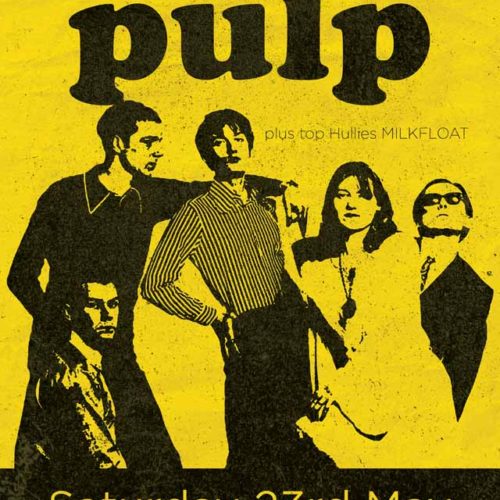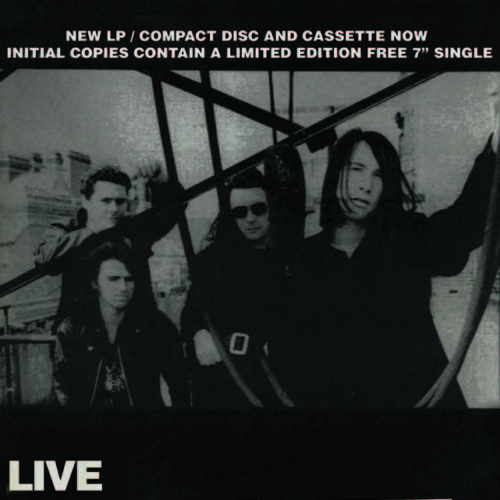Description
CP1919 Uneven Premises
Well it’s a first! There’s not many music venues that would do a range of merchandise understating the condition of their own car park!
The original image is of the CP1919 Radio Pulsar.
It was actually the first Pulsar ever observed! On November 28th, 1967 Jocelyn Bell Burnell and Antony Hewish observed pulses of radio waves separated by 1.33 seconds that originated from the same location in the sky from the constellation Vulpecula. Looking for explanations for the pulses they determined it could not be a man-made radio frequency interference, or instrumental effects. Despite doubting they found a radio signal from an alien civilization, they nicknamed the signal LGM-1, an abbreviation of “little green men“. Their pulsar was officially dubbed CP 1919 (Cambridge Pulsar 1919, with the “1919” being the Pulsar’s right ascension).
We now know these pulsars come from rapidly spinning neutron stars.
Oh! And the image was also used by Peter Saville for the cover sleeve of Joy Division’s Unknown Pleasures (Fact 10 – 1979 Factory Records). The only Joy Division album released during lead singer Ian Curtis’s lifetime.
“It was produced by Martin Hannett, whose production technique was so unusual and unique that it made this record sound like nothing before or after. He allowed the music space, giving it room to meander around a sonic environment. As it was their first record, the band had no idea and gave him the freedom to do what he wanted. He used digital delay, tape bounce, sounds of bottles smashing, backwards guitar, munching of crisps and even a Leslie speaker whirring inside the studio lift. On ‘Insight’ he had Curtis singing down a telephone line to give his vocals distance. “ Brett Schewitz







